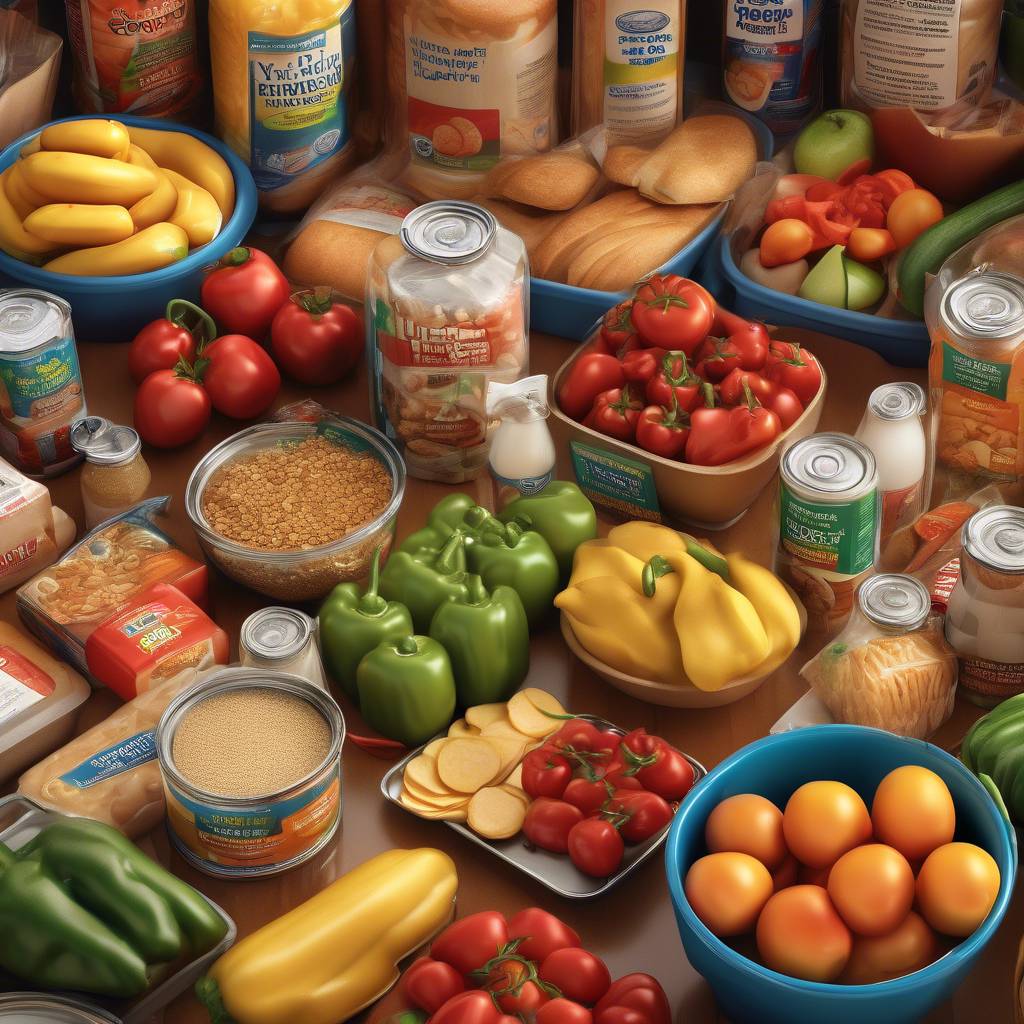The Enfield Food Shelf in Connecticut has seen a significant shift in the demographics of its visitors in recent years. Prior to the Covid-19 pandemic, the majority of those seeking assistance were elderly or disabled individuals on fixed incomes. However, the pantry’s executive director, Kathleen Souvigney, has noted that more working families are now coming in for help as they struggle to meet rising living costs. Many of these families are finding that their wages are not enough to cover all their expenses, leading them to seek assistance for basic needs such as food.
Despite a strong economy in the US by many measures, millions of Americans still struggle to afford an adequate supply of food for themselves and their families. The share of individuals turning to hunger relief programs remains higher than it was before the pandemic. A recent survey by the US Census Bureau found that over 1 in 10 adults, or more than 23 million people, live in households where there is often not enough food to eat. Inflation has driven up the cost of groceries by about 33.5% since the start of the pandemic, making it even more difficult for families to make ends meet.
While jobs are plentiful and wage increases have finally surpassed inflation, many working Americans are still finding it challenging to make ends meet. The expiration of various pandemic support programs, including enhanced child tax credits and more generous food stamp benefits, has only added to the financial strain for many families. Jason Jakubowski, CEO of Connecticut Foodshare, notes that the need for food assistance in the state remains high, with demand similar to that at the peak of the pandemic.
Facing high expenses and having a large family to support, Khamphay Khen, a full-time supervisor and part-time assistant technician, has struggled to afford all the necessities for his family. Despite getting generous raises from his main employer, Khen still finds himself visiting the Enfield pantry weekly to supplement his grocery needs. The pantry’s assistance has allowed him to save money each week and allocate funds to other essential expenses, recognizing that he may not be able to work as much in the future due to health reasons.
The Enfield Food Shelf, like many other food pantries across the country, has seen a sustained increase in demand for its services since the onset of the pandemic. The expiration of pandemic relief programs, such as the special food stamps enhancement, has further exacerbated the situation. The pantry now serves between 300 to 400 households a week, providing not only food but also other essential items like clothing and diapers. With rising food prices and stagnant wages, more middle-class families are turning to food pantries to meet their basic needs.
Rising prices and stagnant wages have pushed many middle-class families to seek assistance from food pantries to make ends meet. Despite a strong job market, food insecurity in the US has continued to increase, with the current level matching that of the early pandemic days. This trend highlights the need for continued support for those struggling to afford food for themselves and their families. Food banks and pantries across the country are seeing an increase in demand, underscoring the ongoing challenges faced by many Americans in meeting their basic needs.









